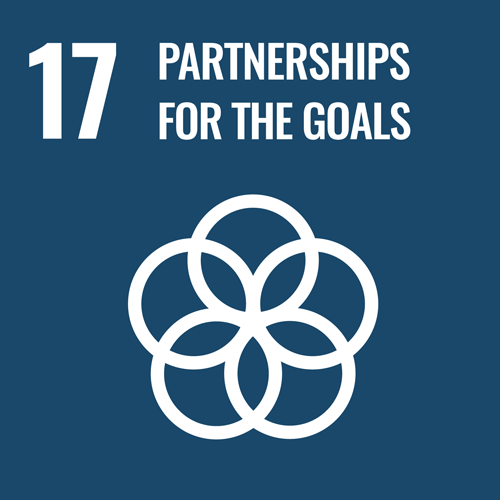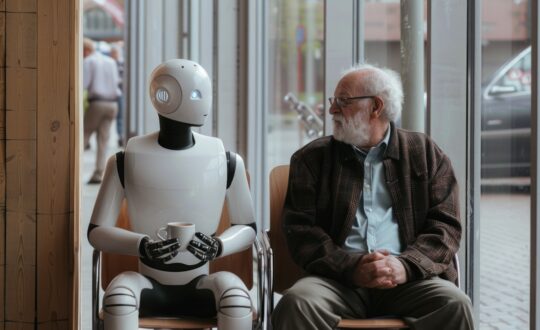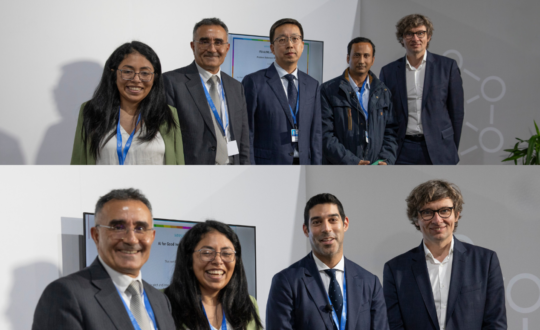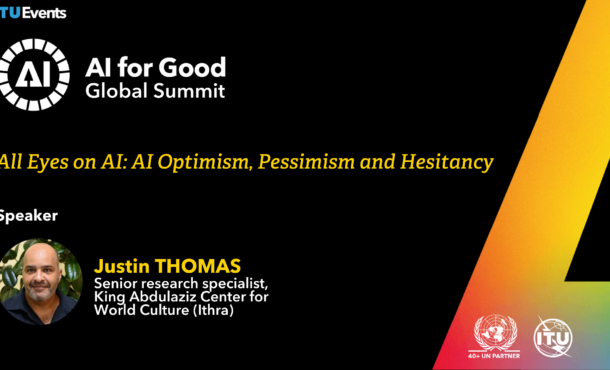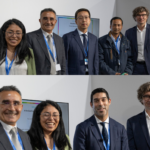Discover 5 moments from the AI for Good Global Summit
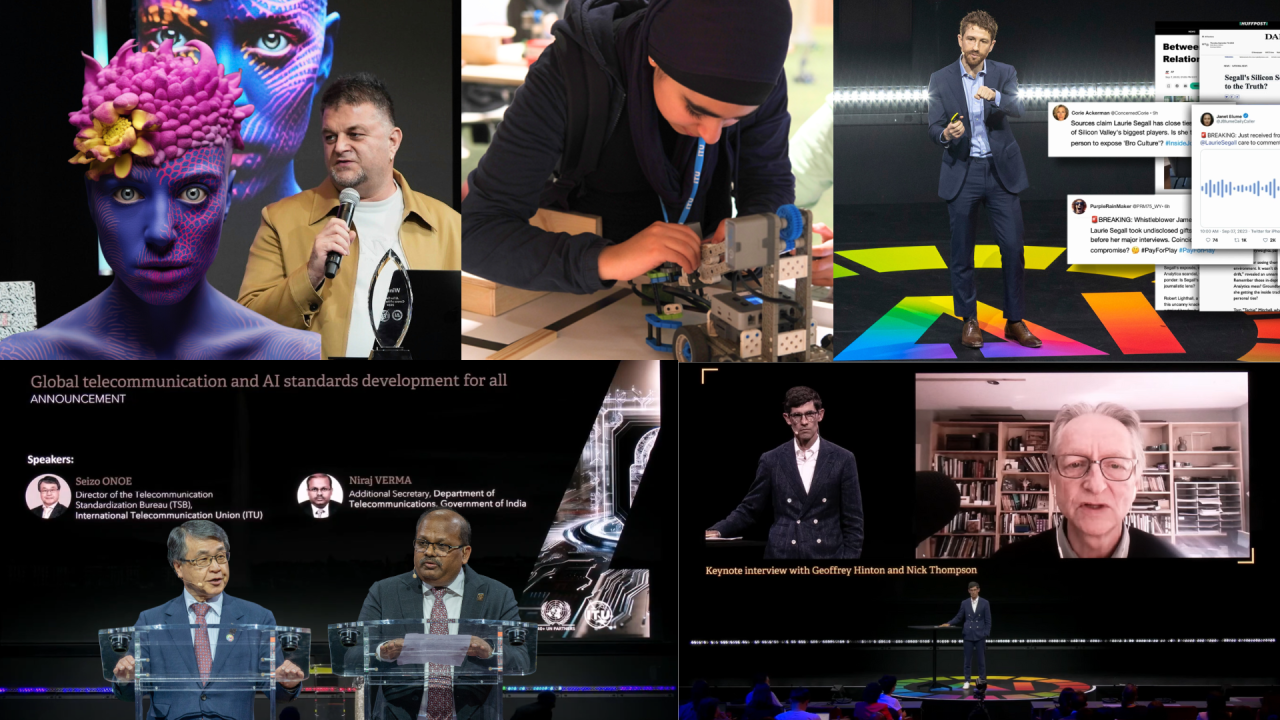
- 21 June 2024
The 2024 AI for Good Global Summit brought together a diverse and dynamic community of over 700 speakers from 147 countries, delivering more than 100 sessions packed with innovative ideas and solutions. This premier event showcased the transformative potential of artificial intelligence in addressing some of the world’s most pressing challenges.
Here are the top 5 moments that stood out:

1/5 Youth Zone
The “AI for Good Youth Zone” was a vibrant and integral component of the broader AI for Good Youth Program, showcasing a dynamic series of practical workshops and hands-on sessions focused on AI and robotics. This zone brought together educators, students, and professionals for an unparalleled educational experience. Over the two-day event, 9 workshops were facilitated by 11 partners, attracting a total of 300 participants, including both kids and professionals.
The Youth Zone provided a unique platform for participants to engage in interactive and collaborative learning experiences. The workshops, designed to inspire and educate, covered a range of topics from AI EdTech robots featuring VEX Robotics organized by TechLabs.ch to disaster robotics and autonomous vehicles. Each session was tailored to enhance practical learning through real-world applications, collaborative projects, and innovative initiatives. One of the key highlights was the “Robotics for Good Youth Challenge,” a UN-based global competition where participants used their knowledge of robotics and coding to solve challenges inspired by real-world issues. The humanitarian robotics simulation allowed attendees to step into the roles of humanitarian workers, navigating a simulated rescue mission with mBot2 robots provided by Makeblock and organized by the Global Shapers – Geneva Hub Voyage Numérique project, emphasizing the role of robotics in humanitarian initiatives.
The autonomous vehicles workshop by EPFL provided hands-on experience with AI, computer vision, and machine learning, demonstrating how smart cars detect and analyze their environment. The kinetic paper structures workshop by Center for Learning Sciences LEARN – EPFL allowed participants to design and animate kinetic paper creations using Thymio educational robots, integrating art with technology. Additionally, a special session for parents and professionals organized by Mobsya and the Center for Learning Sciences LEARN – EPFL explored the digital education syllabus and core AI concepts taught in schools in the French-speaking part of Switzerland. Participants also had the opportunity to explore core AI concepts such as supervised and reinforcement learning through fun robotics activities using ThymioAI educational robots organized by Learning Robots, Mobsya and Thymio & AI. At the Digital Kidz Suisse booth, children could program robots and engage in interactive play, further exploring AI through activity books and drawings of futuristic machines.
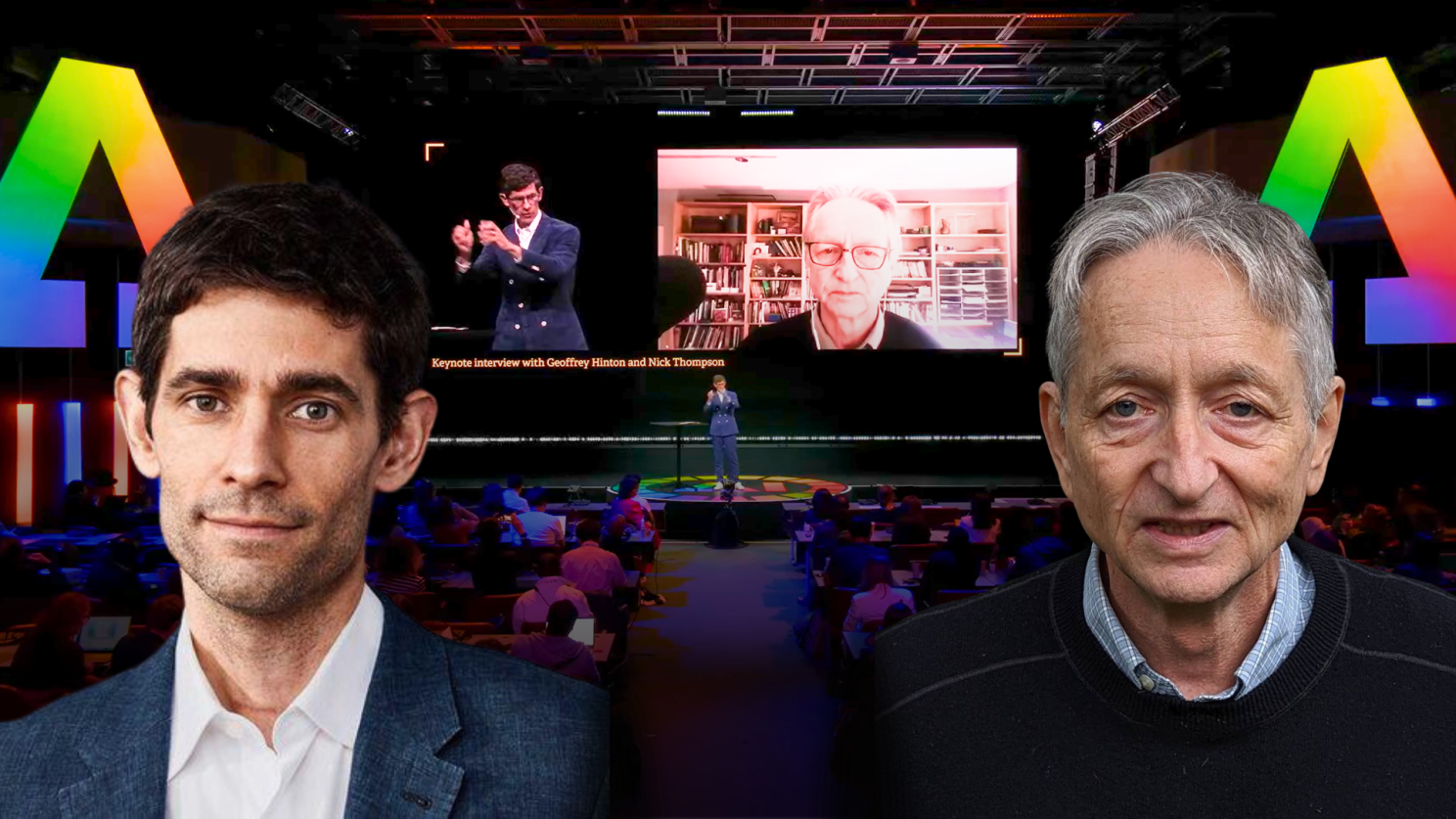
2/5 Geoffrey Hinton keynote interview with Nicholas Thompson
At the AI for Good Global Summit in Geneva, one of the most highly anticipated sessions featured Geoffrey Hinton, a pioneering figure in the field of AI, interviewed by Nicholas Thompson, CEO of the Atlantic. Hinton, known for his groundbreaking contributions to AI, joined the stage to discuss the profound impacts and future of AI. The session began with a warm introduction, acknowledging Hinton’s influence and his reputation as a kind and brilliant mind in AI.
Reflecting on a personal anecdote from a year prior, Hinton humorously advised that plumbing might be a more lasting profession than many others, highlighting AI’s current limitations in physical manipulation. This light-hearted exchange set the stage for a deep dive into Hinton’s background and the evolution of his ideas about AI.
Hinton recounted his early realization that modeling AI on the human brain’s architecture could lead to powerful computing systems. Despite initial skepticism from the scientific community, this insight eventually gained recognition and paved the way for significant advancements in AI. Hinton’s journey included receiving the Turing Award and his influential work at Google, where he further developed his ideas.
A pivotal moment came in early 2023 when Hinton became acutely aware of the existential threats posed by AI. He decided to retire from Google to speak freely about these concerns. This decision was partly influenced by his work on analog computers and the realization that digital computation offers unique advantages, such as the ability to create exact copies of models that can efficiently share data and learn at an unprecedented scale. This capability, Hinton noted, allows AI systems like GPT-4 to accumulate knowledge far beyond human capacity.
“Up until that point, I’d spent 50 years thinking that if we could only make it more like the brain, it will be better,” Hinton explained. “I finally realized at the beginning of 2023 that it has something the brain can never have because it’s digital—you can make many copies of the same model that work in exactly the same way.”

3/5 Tristan Harris, the AI Dilemma: Navigating the road ahead
In today’s fast-paced world of AI, the conversation about its growth and use is more crucial than ever. Tristan Harris, co-founder and executive director of the Center for Humane Technology, has emerged as a key figure in discussing the ethical and societal impacts of AI. In his recent talk at the AI for Good Global Summit, titled “The AI Dilemma: Navigating the Road Ahead,” Harris explored the complex and pressing issues that AI technologies present.
“AI gives us kind of superpowers. Whatever our power is as a species, AI amplifies it to an exponential degree,” Harris said.
He explained that while AI has the potential to greatly enhance human capabilities, it also introduces significant risks that must be understood and managed.
Harris highlighted the dangerous incentive structures that currently define AI development. He argued that the race to deploy AI capabilities as quickly as possible, driven by competitive pressures among tech companies, is leading to a scenario where safety and ethical considerations are often sidelined. This “race to the bottom” is reminiscent of the early days of social media, where the focus on engagement led to widespread societal issues such as misinformation and addiction.
“If we don’t understand the risks appropriately then we won’t get to that positive future,” Harris warned.

4/5 Canvas of the Future 2024 Winner
A notable highlight of this year’s AI for Good Global Summit was the Canvas of the Future AI Art Contest, held in collaboration with Shutterstock. This contest invited artists and AI enthusiasts worldwide to create inspiring and innovative visual artworks using AI tools, showcasing their vision for a sustainable future in alignment with the United Nations Sustainable Development Goals (UN SDGs).
Among the many entries that showcased the creative potential of AI, Baris Gencel’s work stood out. Gencel, the Lanvin GroupDirector of Digital Transformation and Innovation, based in Shanghai, was awarded for his poignant and visually striking piece titled “Faces of Extinction of Species: Our Faces, Their Faces.” This work is a visual expression of the interconnectedness between humans and endangered species, resonating deeply with the summit’s themes of sustainability and AI’s role in addressing global challenges.
Gencel’s art rose to the top among nearly 100 entries from 37 countries, a testament to its profound message and technical execution. His piece effectively captures the essence of the current environmental crisis, highlighting the plight of endangered species through a blend of human and animal imagery.
In his acceptance speech as the 2024 Winner of the Canvas of the Future, Gencel emphasized the urgency of the environmental issues depicted in his work. He reflected on the inspiration behind his art, drawing from Carl Sagan’s famous “Pale Blue Dot” image and text. Gencel’s adaptation of Sagan’s words underscored the critical need for a collective effort to protect our planet and its diverse inhabitants.
“Look again at that dot. That’s here. That’s home. That’s where all life is,” Gencel said, echoing Sagan’s profound observation. He continued, “Every being you love, every creature you know or do not know, every plant, every animal, and every human whoever lived their lives is on it. But now our extremely excessive wrong actions and selfishness and greed have caused suffering and the loss of thousands of species.”

5/5 Announcing India to Host World Telecommunication Standardization Assembly (WTSA-24)
In an exciting development, the International Telecommunication Union (ITU) has announced that the World Telecommunication Standardization Assembly (WTSA-24) 2024 will be hosted in India for the first time. This landmark event is set to take place in New Delhi from October 15 to 24, 2024, alongside the Indian Mobile Congress (IMC) from October 15 to 18, 2024.
Seizo ONOE, Director of the Telecommunication Standardization Bureau (TSB) at the International Telecommunication Union, opened the session with remarks that highlighted the significance of the upcoming WTSA. Expressing his gratitude to India, Onoe emphasized the importance of the event for the ITU’s standardization platform. He noted that India’s hosting of the WTSA for the first time marks a momentous occasion, further praising the nation’s renowned focus on future innovations and digital inclusion, which will be showcased at the AI for Good Impact India event, the inaugural event in a new impact series.
Following Onoe’s remarks, Niraj Verma, Additional Secretary of the Department of Telecommunications, Government of India, extended a warm welcome to the global IT community. He invited dignitaries and delegates to participate in meaningful dialogue and experience India’s hospitality, highlighting the country’s rich heritage and rapidly growing digital economy. Verma’s invitation to attend the World Telecommunication Standardization Assembly and the India Mobile Congress was an emphatic call to engage with India’s vibrant digital landscape.
A video presentation during the session showcased India’s robust development in the Information and Communication Technology (ICT) sector. As the world’s second-largest telecom market with 1.17 billion subscribers and 931 million smartphone users, India has significantly influenced global telecom standards. The country’s development of indigenous 4G and 5G technologies has set new benchmarks for state-of-the-art telecom services. India’s substantial contributions to ITU’s standardization processes, including the development of the 5Gi standards, were highlighted as testaments to its leadership in the field. The video also emphasized India’s commitment to the philosophy of “Vasudhaiva Kutumbakam” (the world is one family), making it a natural partner in realizing ITU’s vision of a connected society and achieving the SDGs 2030 using telecom and ICTs.
India and the ITU proudly invite the global community to assemble in New Delhi for the highly anticipated WTSA24. This assembly offers a unique opportunity for the international telecommunications community to convene, collaborate, and contribute towards the goal of a better-connected, secure, and sustainable world. The WTSA-24 promises to be a landmark event, setting new standards and driving the future of global telecommunications.


